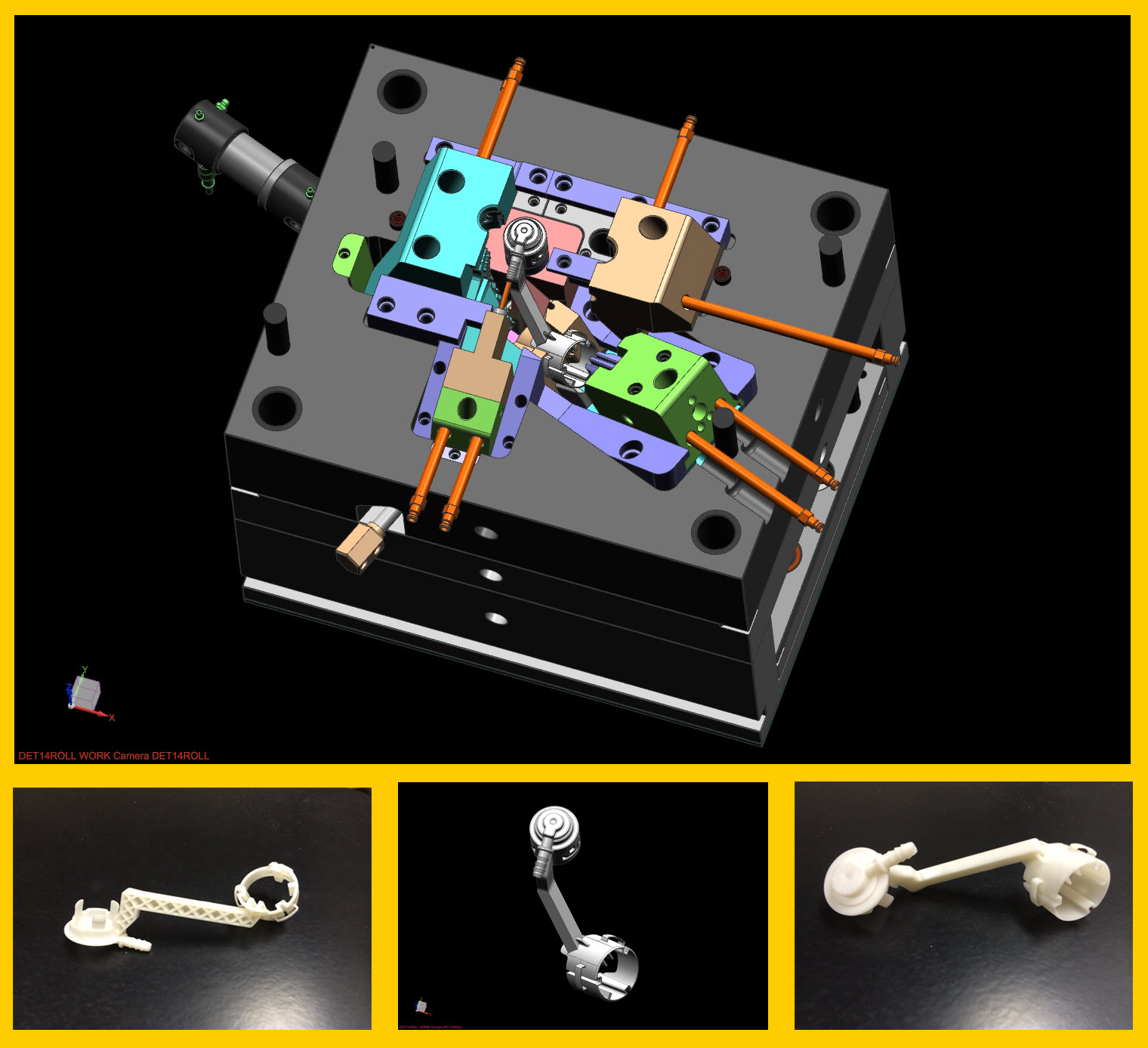 Your injection mold design is the first step in creating a functional product. If it is done wrong, your final product is not going to look or work the way you want it. This is why working with a simulation should be the first part of your injection mold design. This gives you something to review and adjust until it looks similar to what you had imagined.
Your injection mold design is the first step in creating a functional product. If it is done wrong, your final product is not going to look or work the way you want it. This is why working with a simulation should be the first part of your injection mold design. This gives you something to review and adjust until it looks similar to what you had imagined.
Lower Cost, Fewer Mistakes
While an injection mold design is on paper, you really don’t know if it will look like what you are considering. Using up material to make a design without having a simulated rendering is an unnecessary risk that can be very costly and time-consuming. By working with a simulation first, you will be able to get a very accurate idea of what it will look like once the design is moved to the prototype. It also gives you a chance to look for potential issues before you put materials into it.
Optimizing the Analysis
The best way to analyze a design is by looking it over and making changes when you see something that isn’t quite right. It is a much easier way of taking a look at how the final product will look, including how different parts align. When you need something that will be sturdy, you want to be able to verify that the sides are equidistant, that lengths are the same, and that it is centered. The simulator gives you the ability to consider these different aspects before you lock into your initial product.
Runner balancing, a necessary part of family molds, is much easier to analyze and optimize from a simulator than from a two-dimensional design. You can examine the cavities, joints, and other connecting areas to make sure they are balanced, and that you have adequate material to complete them. You can choose your runner segment to determine the balance, adjust minimum and maximum limits, and have some control over their interaction before you find out the product of the design doesn’t meet your needs.
Simulators play a very important role in the injection mold design process because simulations give you a highly accurate idea of the design from many different angles. You can adjust and optimize the mold before finding out that you did not consider one or two critical aspects.
Topics: Injection Mold Design

